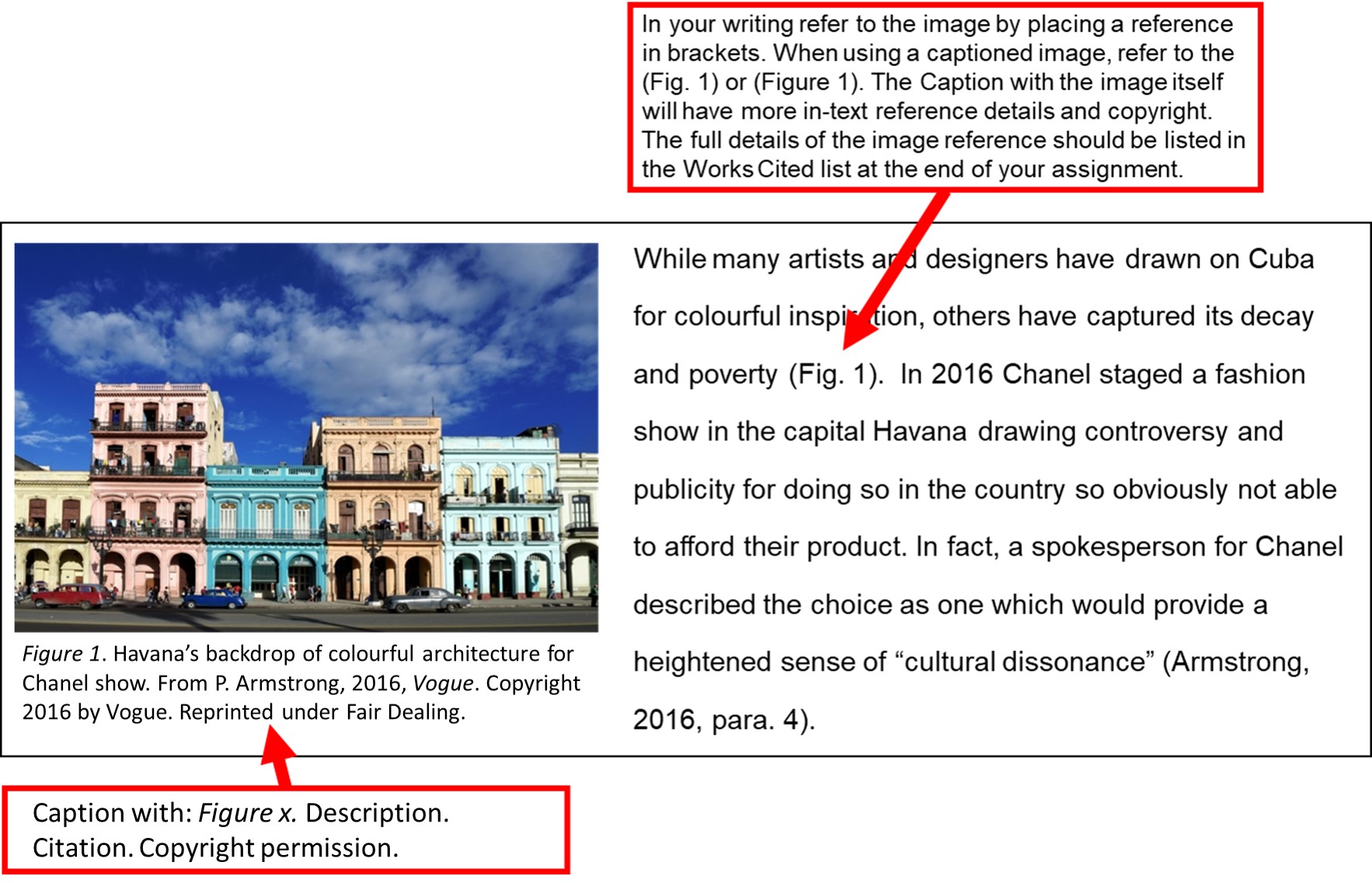Referencing and Copyright
Attributing the creator(s) of a source with correct referencing is critical for academic work. However, merely providing a correct citation is not necessarily compliant with the Copyright Act 1968 (Cth), you may also have to acknowledge the legal provision under which you are using the material. This means including a copyright permissions notice in addition to a citation.
You will need to cite the copyright status of a source when using:
- Long quotes (over 400 words)
- Tables, figures, images
- Test and scale items
You don’t need copyright notices for:
- Paraphrased material,
- Short quotes
- Displays (tables, figures, images) you’ve created (based on published data)
Note: You still need to CITE the sources used, but not note copyright permissions.
Note: When in doubt, ask for permission.
Regardless of whether you are using the copyright material by permission or under a Fair Dealing exemption, under a Creative Commons (or CopyLeft) license, or via the Public Domain, this usage must be included.
Public Release of Copyright Material
This notice is crucial when releasing any work that includes copyright material into the public sphere, however, it is good practice to cite the legal provisions you are utilising in University assignments, even if such use is under a blanket Fair Dealing exemption.
Referencing and Copyright are not the same thing.
However, Copyright does have requirements for a Moral Right to attribution. This is not covered by referencing.
When using copyright material, include a usage statement as a part of your in-text citation. Note longer sections of text and other materials which require a copyright permissions notice will be broken out of the main text and / or block-quoted, and thus have an explanatory caption.
Captions for images
In this guide the word figure refers to all images including, Photographs, Paintings, Drawings, Charts, Diagrams, Graphs, Tables, etc
Any image used in your assignment requires a caption. If the image is not your own work it also requires an in-text citation to the original source.
A reader should not have to refer to the text to understand the image. Explanatory text should include title, owner/artist and where the image is stored. In APA you must provide a copyright attribution in addition to citing item when you reproduce it in the body of your work.
A caption should include:
-
The word Figure (with a capital letter and in italics), and a number (from 1, in numerical order, in italics)
-
An explanatory text, including a title for the figure or brief description of the work
-
An in text citation for the reference of the source (if not your own work), which includes the source Title, Author(s), Date, Page number, and Publishing details for the source
-
Finally, include a copyright notice: Copyright [year] by Name of Copyright Holder. Reprinted [or adapted] with permission / Used under Fair Dealing Provision / In the public domain / Used under Creative Commons License xx
Example:
Figure 23. Dali's "The Persistence of Memory." From Masters of deception: Escher, Dali and the artists of optical illusion (p. 362), by A. Seckel, 2004, London, England: Sterling Publishing. Copyright 2004 by Edith Cowan University. Used under Fair Dealing.
Figure 2. Yellow-bellied Marmot Pups [Photograph]. From P. Vern, 2007, Wikimedia Commons. Retrieved from http://commons.wikimedia.org/wiki/File:Yellow-bellied_Marmot_pups_-_Kamloops,_BC.jpg. Copyright 2003 by P. Vern. Used under Creative Commons Attribution 2.0 Generic License: http://creativecommons.org/licenses/by/2.0/deed.en

